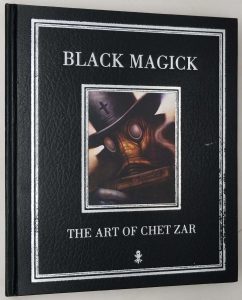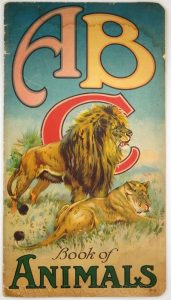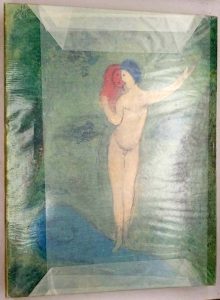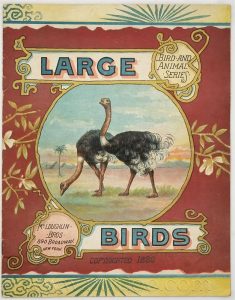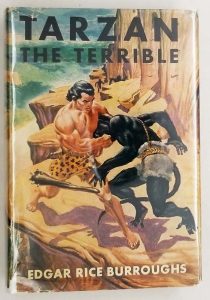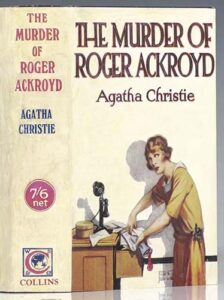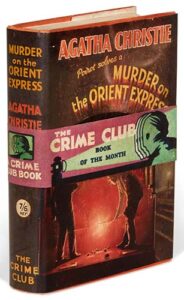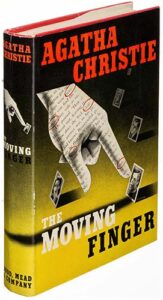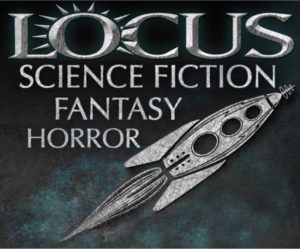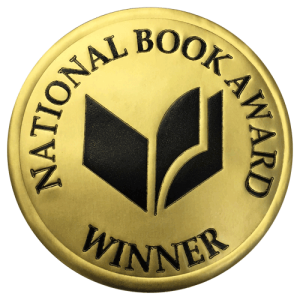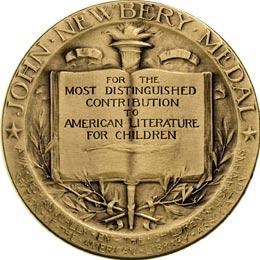Alice’s Adventures in Wonderland (1907), by Lewis Carroll and illustrated by Arthur Rackham, represents a transformative moment in the visual history of Wonderland. Published by William Heinemann in London, this deluxe edition reimagines Carroll’s classic through Rackham’s singular artistic vision, where Art Nouveau elegance meets psychological depth. Rackham’s interpretation diverges strikingly from John Tenniel‘s iconic original illustrations, presenting an older, more pensive Alice with flowing auburn hair, wandering through a dreamscape where gnarled trees twist like living sculptures and the Cheshire Cat materializes from smoke-ring wisps. His thirteen color plates—protected by tissue guards bearing Rackham’s own calligraphic captions—glow with an eerie luminosity, particularly in the “Pool of Tears” scene where Alice’s elongated reflection shimmers in moonlit water, and the Mad Tea Party, where the Hatter’s table tilts precariously in a forest of giant mushrooms. The book’s numerous pen-and-ink drawings showcase Rackham’s mastery of texture, from the bristling fur of the White Rabbit’s waistcoat to the intricate lace of Alice’s pinafore. Unlike Tenniel’s crisp Victorian whimsy, Rackham’s Wonderland feels authentically dreamlike—the Queen of Hearts’ castle looms like a nightmarish playing card structure, and the Caterpillar’s hookah smoke curls into phantom shapes. This limited edition’s production values—thick handmade paper, gilt-edged pages, and Rackham’s illustrations reproduced through advanced photogravure—made it one of the most luxurious gift books of the Edwardian era.
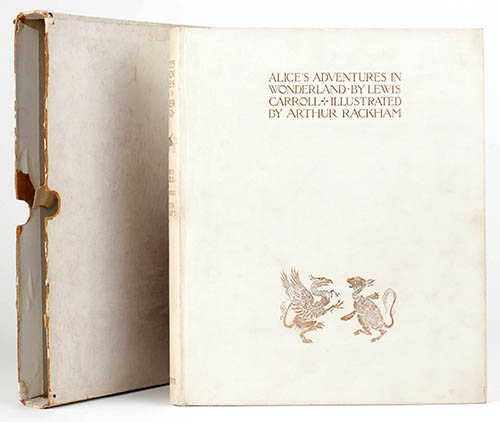
About Arthur Rackham (1867-1939):
The preeminent British illustrator of his generation, Rackham brought Carroll’s tale to life during his most innovative period. After revolutionizing fairy tale illustration with Rip Van Winkle (1905), his Alice established a new standard for literary reinterpretation. Rackham’s technique—initial pencil sketches worked over in ink with delicate watercolor washes—created the haunting transparency of his Wonderland scenes. His Alice, modeled after a neighbor’s daughter, embodies the transition from Victorian childhood to Edwardian modernity, her thoughtful expressions reflecting the story’s underlying melancholy. This 1907 edition, following his groundbreaking Peter Pan in Kensington Gardens (1906), cemented Rackham’s reputation for blending the grotesque and beautiful. The original watercolors, now scattered in museum collections, reveal his painstaking process—layering up to seven glazes to achieve the Mad Hatter’s tea-stained complexion or the Mock Turtle’s watery eyes. Though Carroll purists initially resisted Rackham’s darker take, this edition ultimately expanded Wonderland’s visual possibilities, influencing later artists from Salvador Dalí to Yayoi Kusama.
For devotees of this edition, these companion works may enchant:
• Alice’s Advencures in Wonderland (1910) also illustrated by Mabel Lucie Attwell – a notable cheerful Alice, in Attwell’s iconic style
• Alice’s Adventures Under Ground (1886) illustrated by Carroll – the author’s original version
• The Nursery “Alice” (1890) illustrated by Tenniel – the first color adaptation
Other Arthur Rackham’s illustrated works available in our gallery: Rip Van Winkle, Tales of Mystery and Imagination, Book of Pictures, The Night Before Christmas, The Pied Piper of Hamelin, Midsummer’s Night Dream, Undine, Peter Pan in Kensington Garden, The Ingoldsby Legends, Grimm’s Fairy Tales.
